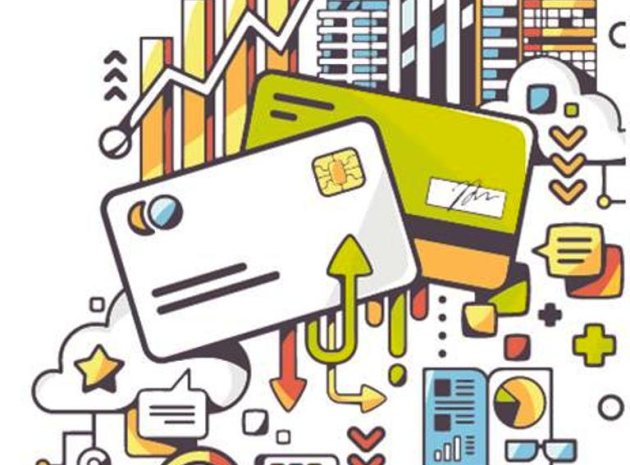The benefits of introducing cashless payment systems in schools have been widely touted. We know, for example, that cashless payment systems:
- reduce the risk of money being lost or stolen.
- increase the uptake of free school meals (by making the process anonymous and thereby removing stigma).
- save schools time and painful administrative headaches (the system logs who has paid what, so staff don’t have to do it).
But could there be other, less obvious, benefits of – or issues with – this 21st century method of making payments? We spoke to a selection of parents about the issue and what they had to say threw up some surprising insights…
Cashless payment systems…
...Support healthy eating
Karen Packham from Surrey has two daughters, aged 18 and 15.
“Using the cashless payment systems to pay for lunches and snacks means I can go online and see the meals, snack and drinks that my daughters are buying. They tend to make healthy food choices but they were less aware of the problems caused by fizzy water and juices. Thanks to the cashless payment system I saw the drinks they were choosing and our brilliant dentist explained the impact of those drinks (using images of my daughters’ own teeth to do it). That gave me ammunition to have a good chat with them about health and nutrition – and now they both take in bottles of tap water to drink.”
...Are tricky for children with Dyspraxia
Melanie Oram from London has a 12-year-old son.
“My son has dyspraxia, a developmental coordination disorder that means he struggles to learn new systems. The cashless payment systems have – so far – been too much for him to cope with. It took a lot of time and patience to get him to understand money. It will need the same repetition and support to embed the cashless payment system. Someone at the school would have to help him with it every day and there’s not necessarily a facility for that. Despite that, I’m pleased that the school is using this system. Making cashless payments is becoming the norm in all sorts of areas – and they’re becoming much more widespread. So, my son needs to understand them. If he can learn to use them in a familiar context, like school, that will help him cope when he comes across them in less familiar places. Plus, in the school setting he may have more motivation to learn because it’s a system he’s seeing his friends using.”
...Speed up the queue
Shannon Kyle from Brighton has a 16-year-old daughter.
“In the old days of everyone paying by cash, there were days when my daughter didn’t get lunch. If she left the class late the queues were so long that she simply didn’t have time to get food. That meant she was hungry in class in the afternoon and filling up on snacks on the way home. Since the cashless payment system has come through, everyone goes through the queue much faster and she hasn’t missed her chance for lunch once.”
...Give parents a link with the school
Jules Bottazzi from Liverpool has two sons, aged 14 and 12.
“When my sons were at primary school it was easy to be involved with their school life – I picked them up; I attended events; my sons talked to me about their day! That dynamic definitely changes when your children go to secondary school. Suddenly, they want privacy. Surprisingly, one of the benefits – for me – of the cashless payment system is to give me an insight into their day. It means I know what they’re eating and when they’re having it. That sounds small but it’s a ‘way in’ to conversations about their day and about school life. I feel as though it’s helped me start to understand and connect with the school.”









